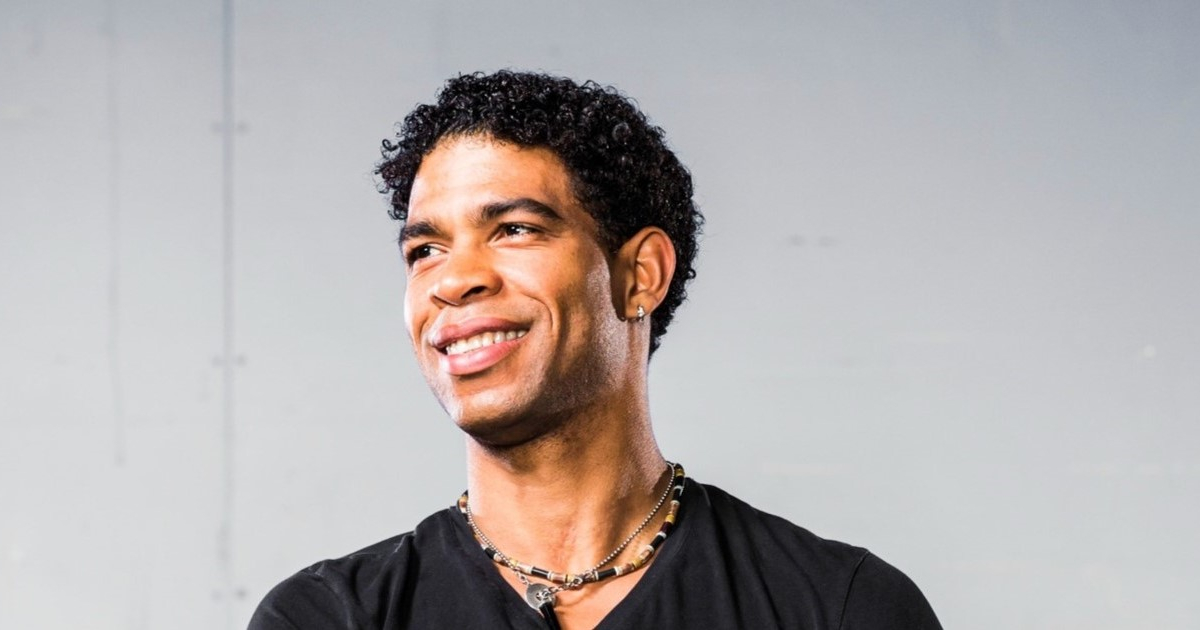
The Cuban dancer and choreographer Carlos Acosta regretted the impact of the country's social situation on the artistic field, which is reflected both in the number of artists who have left and in the deterioration of cultural facilities.
Carlos, who is in Barcelona to present the latest show of his company Acosta Danza, detailed how much things have changed for art in Cuba.
The Alicia Alonso Theater has been closed for over five years. Havana, which used to be a city of theaters, now only has two. And in the one with 600 seats, you can't mount a large ballet with scenery, it doesn't fit, so only the National Theater remains. Therefore, everyone competes for spaces, and we, for example, can only dance once a year," he told La Vanguardia.
The dance festival that used to take place is now a shadow of its former self, held in only three theaters, one of which is not even for dance. "Yes, the social situation has an impact on the artistic aspect," he emphasized.
The Cuban pointed out that the death of ballerina Alicia Alonso, founder of the National Ballet of Cuba and a figure very close to the regime, has contributed to the current crisis in Cuban dance.
There is a tremendous exodus of artists and Cuban heritage. There are no theaters. The musicians of the orchestra, essential to the ballet, have left. Alicia was the first lady of Cuba, there was a lot of interest in preserving her legacy, but obviously when the leader is not there, everything suffers," she emphasized.
At 51 years old and being the artistic director of the Birmingham Royal Ballet, he rejects the idea of leading the National Ballet of Cuba if it were proposed to him. "I want to focus on Acosta Danza, which is what I am going to leave behind. And I want to achieve alliances so that when I am gone, it will still be there, with a structure and an entity to govern it. That already requires a lot of work."
The Cuban founded his company almost a decade ago in Cuba to give back to his homeland for the education he received in his childhood and adolescence.
With 18 dancers, the project continues to withstand the difficulties and shortages of the Island and currently has an academy with three courses of ten students each, and a junior company where young talents are being prepared for their professional life.
We are not only responsible for nurturing them as artists but also as human beings. Many come from very poor backgrounds, sometimes they had never even been to the capital before. We educate them for three years, provide them with ballet shoes, train them in ballet and contemporary dance, and then they move on to the company after passing some tests. And if they do not pass, we make sure to help pave the way for them to other companies," he explained.
What do you think?
COMMENTFiled under: